Pure gold tea is selling like hotcakes
People say “a cup of tea is the beginning of a conversation”. Because, when sitting together with a cup of delicious tea, people can slow down, share happy or sad stories and reflect on life.
Anywhere, whether rural or urban, highland or lowland, tea is a familiar drink and is used to entertain guests. After rice, tea plants and tea cups are always closely associated with Vietnamese people.
Currently, our country has 34 provinces and cities growing tea with a total area of about 123,200 hectares. Last year's output reached nearly 1.1 million tons of fresh tea buds, equivalent to nearly 200,000 tons of dry tea.
Accordingly, Vietnam currently ranks 5th in tea growing area and 6th in tea production worldwide . Notably, our country has ancient tea forests that are hundreds of years old to thousands of years old, and areas growing high-quality specialty tea. From the ancient tea forests and specialty tea areas, many precious teas are produced with prices as high as "pure gold".
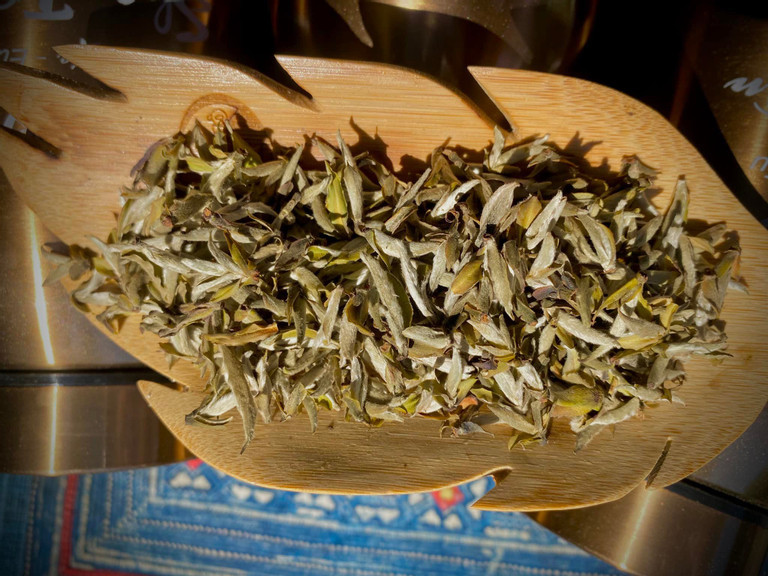
For example, in Tan Cuong ( Thai Nguyen ), people pick the smallest buds on the tea tree to make tea buds. Normally, tea is picked using the method of 1 bud and 2 leaves, but tea buds only take a part of the bud, as small as a grain of rice.
With its aroma, sweetness, and attractive green color, the price for each kilo of premium Dinh tea is up to 6 million VND. During the Lunar New Year, this "pure gold" tea is often sold out.
Similarly, to enjoy a cup of clear white tea, tea lovers have to spend 5-10 million VND/kg of white tea. This type of tea is harvested from ancient Shan Tuyet tea trees that are hundreds to thousands of years old. The first sip of tea has a slightly astringent taste, the second sip feels the flavor gradually soften, and the third sip begins to turn sweet and deep.
Shan Tuyet black tea, which sells for up to 10 million VND/kg, is also the most quintessential tea of ancient Shan Tuyet tea trees. It is the youngest tea bud, covered by a layer of white hairs to protect it from the harsh climatic conditions of the highlands. When the black tea is fermented and dried, the hairs on it turn reddish brown.
Even the product Thap Tra Long Dinh, inspired by the wild beauty and pure flavor of 10 famous tea peaks in Vietnam such as: Suoi Giang, Ta Xua, Phin Ho... costs up to 25 million VND/cake.
Sharing with PV.VietNamNet, Mr. Tran The Cuong, Director of Tam That Ha Giang Joint Stock Company (a high-end tea processing and distribution enterprise), said that Shan Tuyet tea and white tea products have all been "sold out" since the middle of the 12th lunar month.
According to Mr. Cuong, white tea harvested from ancient tea trees over 500 years old costs from 5 million VND/kg to tens of millions VND/kg; white tea harvested from trees 300 to 500 years old costs 3.5 million VND/kg; trees from 100-200 years old will produce white tea priced at 2.3 million VND/kg...
Although this price is expensive, each tea product has a different story and special flavor. Therefore, the product is often chosen as a gift during Tet holiday.
Increasing the value of the 1.1 million ton "green gold warehouse"
Statistics show that, with an output of nearly 200,000 tons/year, in addition to serving domestic demand, Vietnam exported 119,800 tons of tea, earning 208.2 million USD in 2023. Compared to the previous year, tea exports decreased by 18% in volume and 12% in value.
The reason is that demand in major export markets such as Pakistan, Taiwan, Russia... has decreased significantly. Along with that, the types of tea exported by Vietnam are still mainly in raw form and with low processing content.
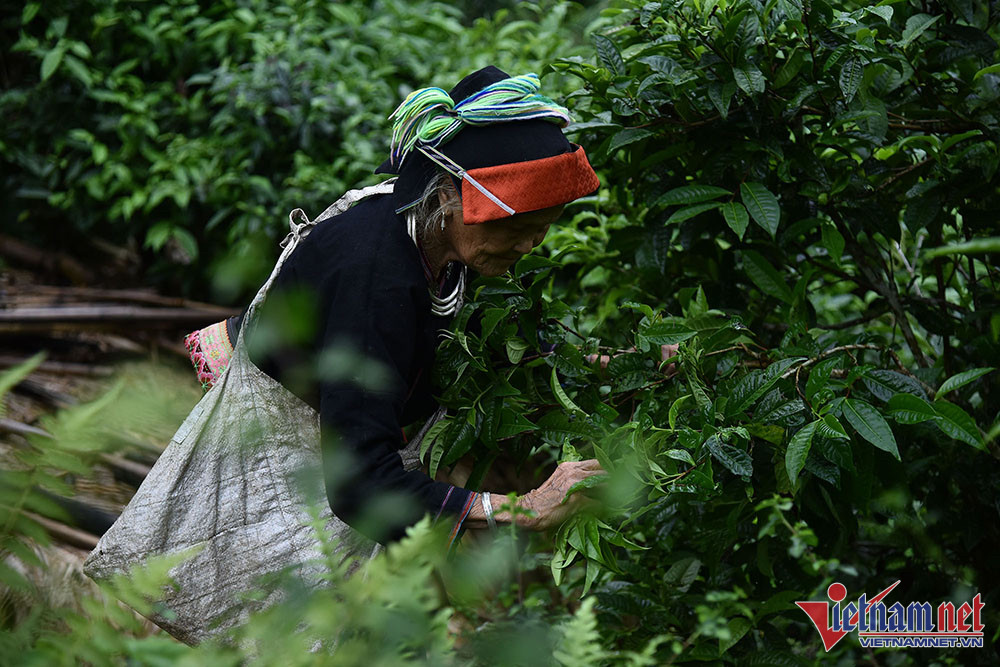
Meanwhile, the trend of tea consumption in the world has changed, shifting from regular tea products to deep-processed and specialty tea products. This makes it difficult for Vietnamese products due to slow investment in deep processing and few new products.
Vietnamese tea is being exported to 74 countries and territories around the world. The average export price of tea in 2023, although increasing by 7.4% compared to 2022, still only reached 1,738 USD/ton. Compared to the current major tea exporting countries, the price of Vietnamese tea is almost at the "bottom of the list".
Research from Research and Markets shows that the global tea market reached 24.3 billion USD in 2016, expected to reach 37.5 billion USD by 2025. The growth of the tea industry is increasing due to changing lifestyles and increasing consumer awareness of the health benefits of drinking tea.
Along with the increasing demand, tea products have also changed a lot to suit life. Accordingly, high-class tea for drinking at home, healthy tea, cold brew tea… are forecasted to be the product lines leading the market in the coming period.
Experts say that with its production advantages, Vietnam has rare “green gold mines”. However, to capture a part of the 37.5 billion USD “pie”, the tea industry needs to focus on improving productivity and quality. Focused investment on deep processing, especially high-quality post-processed tea products, bringing great economic value to form an advanced tea processing industry in Vietnam.
Along with that, it is necessary to build a strategy to exploit the thousand-year-old tea forests in our country. This is a great advantage to create an image and build a brand of high-class Vietnamese tea.
A previous report by the Vietnam Tea Association indicated that the amount of tea consumed domestically is only 1/3 of the volume of exported tea, however the value of domestic consumption is higher (about 352 million USD), because domestic consumption is mainly packaged specialty tea. This shows that not only the international market but also the domestic demand for high-quality tea is very high.
During a presentation on the development of agriculture, farmers and rural areas, Minister of Agriculture and Rural Development Le Minh Hoan lifted a black lacquer box containing four tin jars containing the "four great teas": white tea, leaf tea, yellow tea and black tea (produced from ancient Shan Tuyet tea trees on the top of Suoi Giang mountain, Van Chan district, Yen Bai province).
Included is a book introducing each type of tea in Japanese, English and Vietnamese, opening with four sentences: "Soaring high on the Suoi Giang peak/A vast area of Shan tea/Big trees with wide canopies reaching out in the wind/Big branches and young buds are famous".
Minister Le Minh Hoan said: “The viewpoint of shifting from agricultural production thinking to agricultural economic thinking; integrating multi-value in agricultural products is all here. This is very simple, not complicated at all”. From an ancient tea tree growing in Suoi Giang, 4 different types of precious tea can be made. And the subject of this product is not only selling products (dried tea buds) but also selling a story. Economic thinking is selling the difference.
“Nowadays, people don’t buy products anymore, they buy the way they create them, including the mindset, culture, story, and emotions that go into creating the product,” he said. Therefore, whoever can tell the most emotional story through their product will win.
Each tea-producing region has its own stories associated with culture and history. When stories about tea are spread along with the quality of the products, tea will no longer be a tree to eliminate hunger and reduce poverty but also a tree to enrich farmers.
At that time, the value of the "green gold warehouse" of 1.1 million tons was also increased.
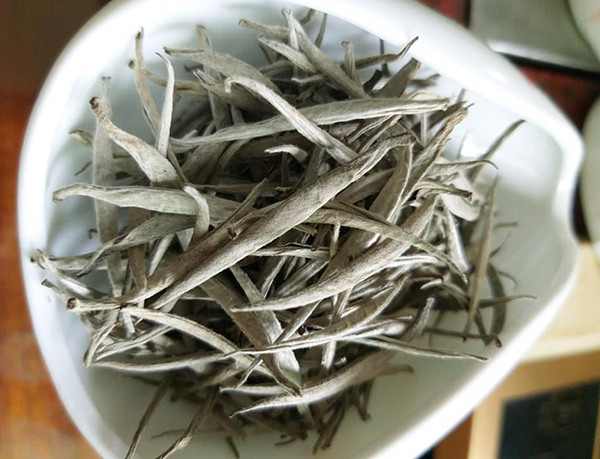
Source


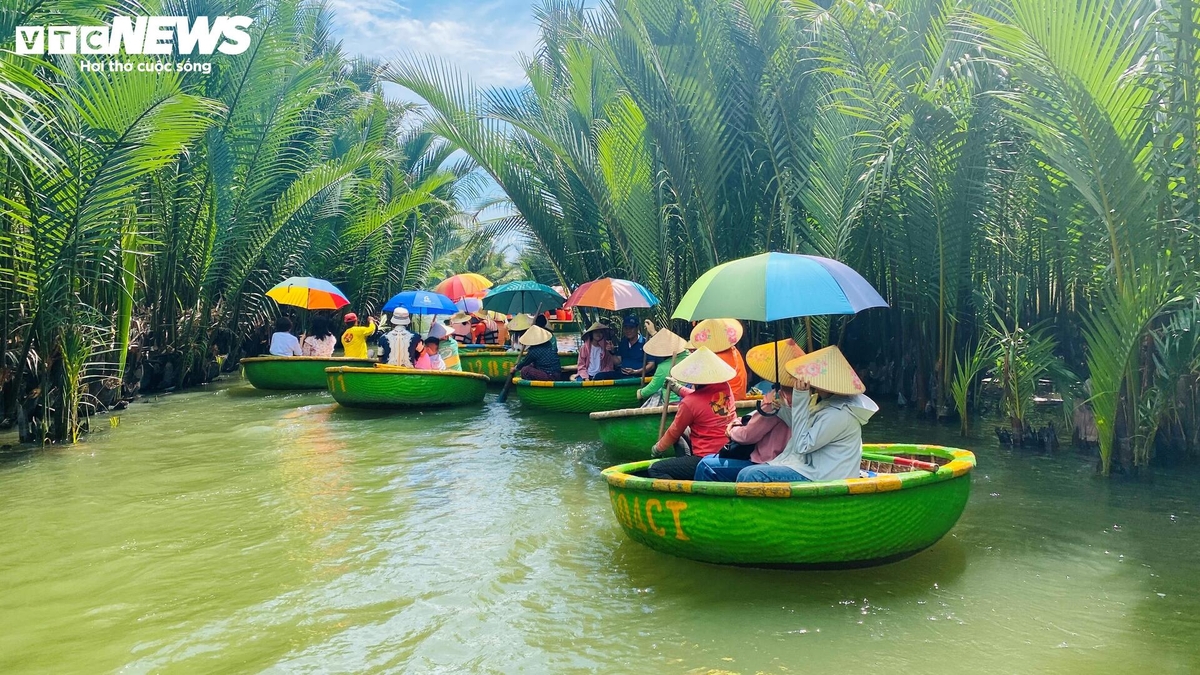

![[Photo] Prime Minister Pham Minh Chinh chairs the first meeting of the Central Steering Committee on housing policy and real estate market](https://vphoto.vietnam.vn/thumb/1200x675/vietnam/resource/IMAGE/2025/9/22/c0f42b88c6284975b4bcfcf5b17656e7)



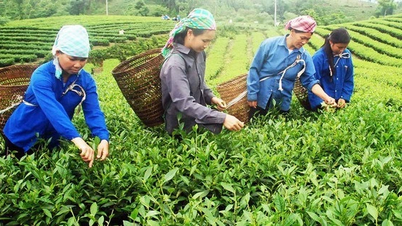

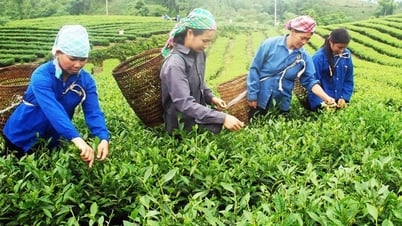





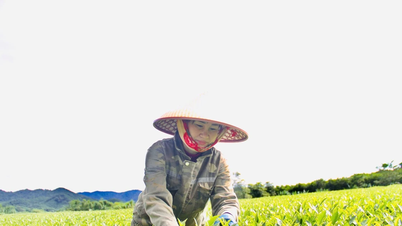

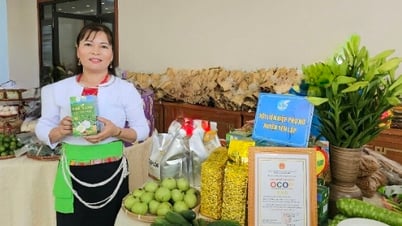


















![[Photo] General Secretary To Lam presents the First Class Labor Medal to the Vietnam National Energy and Industry Group](https://vphoto.vietnam.vn/thumb/1200x675/vietnam/resource/IMAGE/2025/9/21/0ad2d50e1c274a55a3736500c5f262e5)




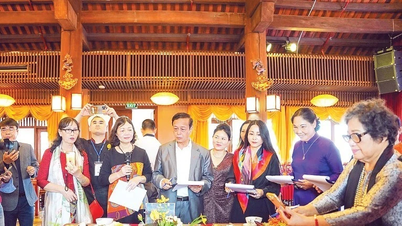







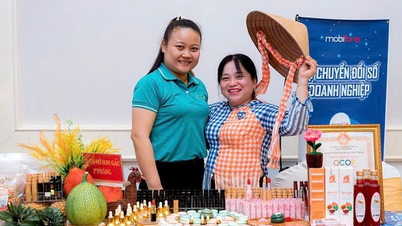
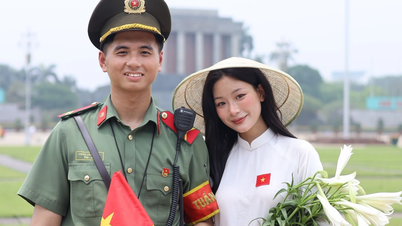

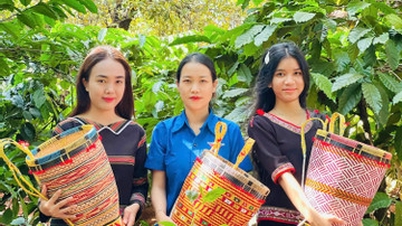















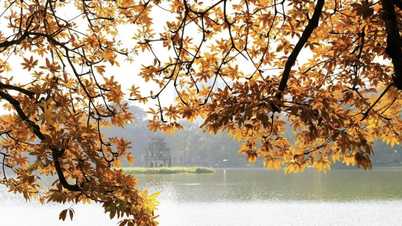




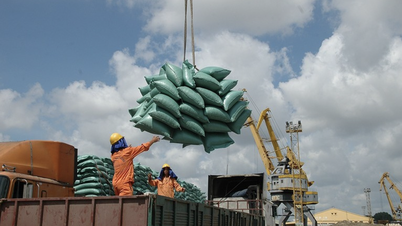










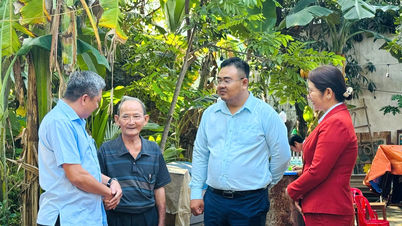


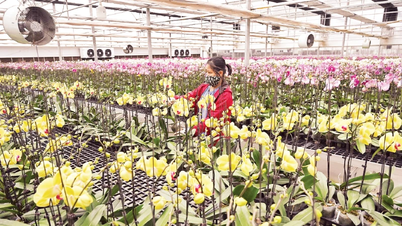







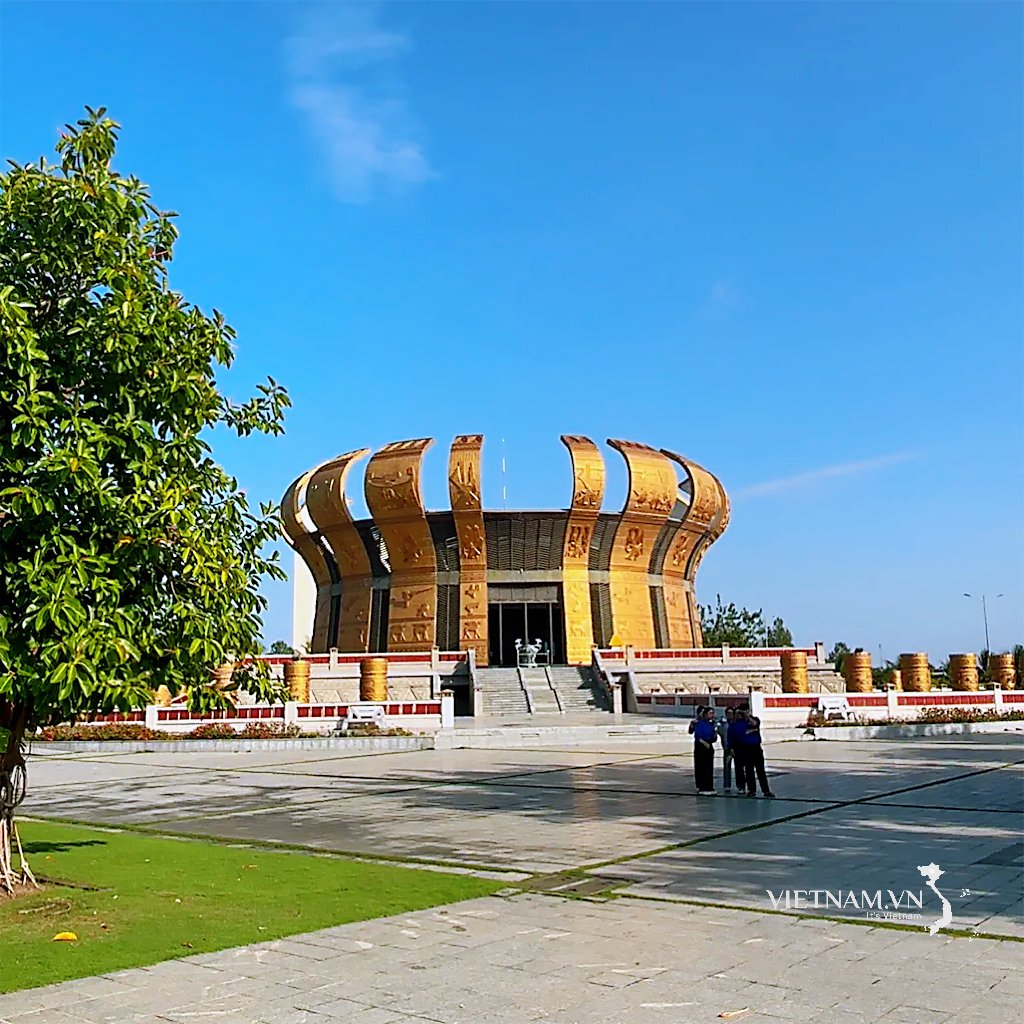


Comment (0)